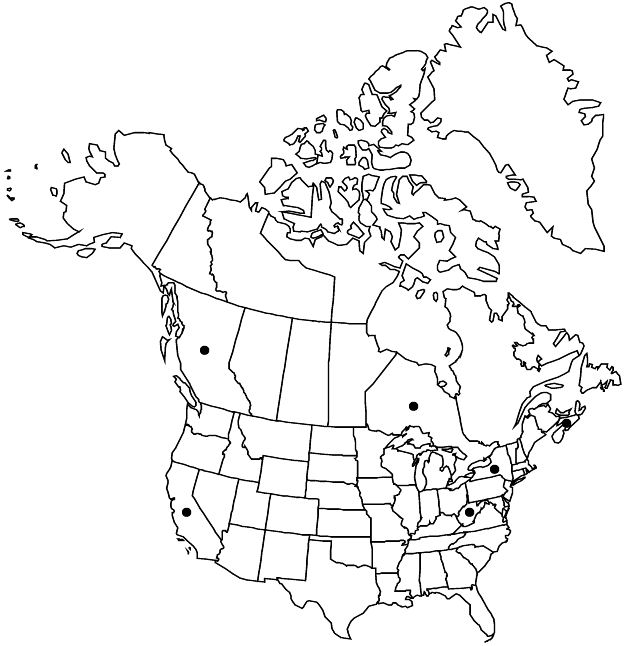Euphorbia exigua
Sp. Pl. 1: 456. 1753.
Herbs, annual, with taproot. Stems erect, unbranched or branched, 3–30 cm, glabrous. Leaves: petiole 0–0.5 mm; blade linear, linear-oblong, or linear-spatulate, 2–30 × 1–5 mm, base cuneate or truncate, margins entire, apex acute, obtuse, or emarginate, surfaces glabrous; venation inconspicuous, only midvein prominent. Cyathial arrangement: terminal pleiochasial branches 3–5, each 1–3 times 2-branched; pleiochasial bracts similar in shape and size to or sometimes slightly longer and wider than distal leaves; dichasial bracts distinct, linear, or linear-lanceolate, or lanceolate-ovate, base rounded to subcordate, margins entire, apex acute; axillary cymose branches 0–5. Cyathia: peduncle 0–2 mm. Involucre cupulate, 0.3–0.5 × 0.6–0.8 mm, glabrous; glands 4, elliptic to crescent-shaped, 0.2–0.4 × 0.3–0.6 mm; horns divergent, 0.2–0.5 mm. Staminate flowers 5–8. Pistillate flowers: ovary glabrous; styles 0.5–0.7 mm, 2-fid. Capsules subglobose, 1–1.8 × 1.3–2 mm, slightly lobed; cocci rounded, smooth, puncticulate toward abaxial line, glabrous; columella 1.1–1.4 mm. Seeds blackish to grayish, 4-angled-ovoid, 1–1.5 × 0.5–0.7 mm, white, tuberculate; caruncle conic or subconic, 0.1–0.3 × 0.1–0.3 mm.
Phenology: Flowering and fruiting summer–fall.
Habitat: Edges of gardens, roadsides, waste places.
Elevation: 0–1500 m.
Distribution

Introduced; B.C., N.S., Ont., Calif., N.Y., W.Va., Europe, w Asia, n Africa, Atlantic Islands (Macaronesia).
Discussion
Euphorbia exigua can be easily distinguished from other annual species of the genus in the flora area by its tuberculate seeds.
Selected References
None.